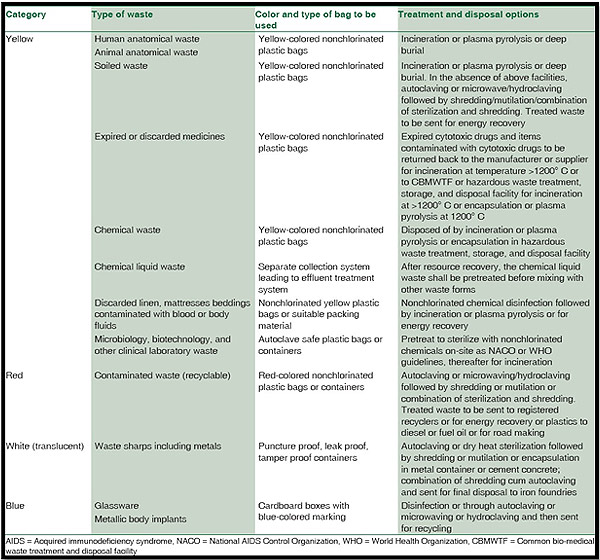7 Simple Techniques For Reclaim Waste
7 Simple Techniques For Reclaim Waste
Blog Article
The Ultimate Guide To Reclaim Waste
Table of ContentsExamine This Report on Reclaim WasteThe Main Principles Of Reclaim Waste The 9-Second Trick For Reclaim WasteThe Facts About Reclaim Waste UncoveredRumored Buzz on Reclaim Waste
Check out the types, events, and forms of fluid waste. Domestic sewer waste describes the waste and products from a domestic septic system. This kind of waste is developed by people in houses, colleges, and other structures. This only consists of septic systems that have a drain field. The proper management and disposal of domestic sewer waste call for liquid waste to be moved to a sewer therapy plant where the proper techniques and equipment are used to purify and take care of waste.
Business waste often includes possible dangers, such as combustible materials or a mixture of fluid and strong waste items, and requires a more sophisticated and in-depth disposal procedure. The disposal of commercial waste normally entails the purification of waste before transport to make certain secure and proper disposal. Industrial waste is produced from byproducts and overflow of industrial processes and manufacturing.
This sort of waste can not make use of the exact same sewer administration transportation or processes as septic or business fluids. The hazardous waste administration procedure calls for the examination and screening of liquid waste before it undergoes the disposal process (industrial wastewater treatment). Drainage waste is the liquid waste that comes from runoff and excess stormwater in highly inhabited areas or cities
Overflow waste can cause contamination and flooding otherwise taken care of effectively. Find out more concerning sewage system cleansing and waste administration. Making certain appropriate waste administration can stop catastrophes and decrease environmental harm. Both people in household settings and professionals in commercial or manufacturing sectors can gain from comprehending the procedures and laws of liquid waste management.
Our Reclaim Waste Statements
Contact PROS Providers today to find out about our waste monitoring and disposal services and the appropriate methods to care for the fluid waste you create.
(https://www.twitch.tv/reclaimwaste1/about)This so-called 'wastewater' is not just an important source however, after treatment, will certainly be released to our land, rivers or the sea. Utilized water from commodes, showers, bathrooms, kitchen area sinks, laundries and commercial processes is understood as wastewater.

water made use of to cool equipment or clean plant and devices). Stormwater, a kind of wastewater, is overflow that moves from farming and city locations such as roofs, parks, gardens, roads, courses and gutters into stormwater drains pipes, after rain. Stormwater flows neglected straight to local creeks or rivers, eventually reaching the sea.
Fascination About Reclaim Waste
In Queensland, a lot of wastewater is dealt with at sewage therapy plants. Wastewater is transferred from residential or commercial sites via a system of sewage systems and pump terminals, recognized as sewage reticulation, to a sewer treatment plant.
The Division of Natural Resources suggests regional governments about managing, operating and keeping sewage systems and therapy plants. In unsewered locations, city governments might require owners to set up private or home sewer therapy systems to deal with residential wastewater from toilets, kitchens, washrooms and washings. The Department of Natural Resources authorizes the usage of house systems when they are verified to be effective.
In some new subdivisions, treatment of some stormwater to get rid of trash, sand and crushed rock has actually started using gross pollutant traps. Wastewater treatment takes place in 4 stages: Eliminates solid issue.
Makes use of little living organisms knows as micro-organisms to break down and get rid of continuing to be dissolved wastes and fine particles. Micro-organisms and wastes are incorporated in the sludge.
Reclaim Waste Fundamentals Explained
Nutrient removal is not offered at all sewage therapy plants because it requires pricey specialized tools. It is coming to be much more usual in Queensland. Clear fluid effluent generated after therapy look at this web-site might still include disease-causing micro-organisms. If this effluent is released right into rivers such as rivers or the sea, the micro-organisms will eventually die out.

Most wastewater streams into the sewerage system. Under the Act, local governments provide authorizations and licences for environmentally appropriate tasks (ERAs) entailing wastewater releases that may have a local influence.
Some Known Factual Statements About Reclaim Waste
Monitoring supplies factual info regarding water high quality and can verify that permit conditions are being met. The info gotten through monitoring gives the basis for making water quality choices.
Report this page